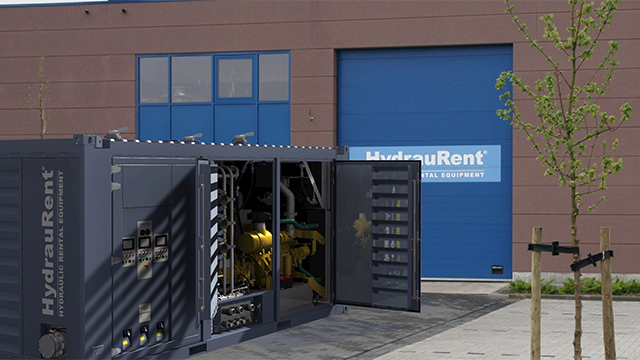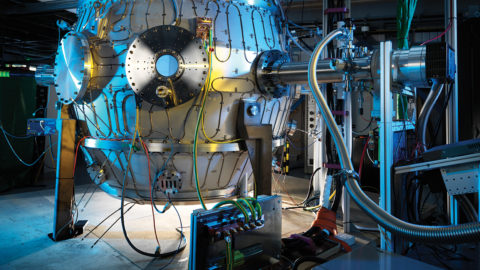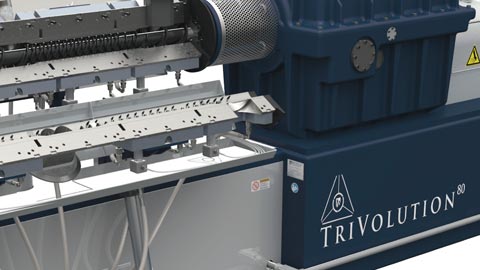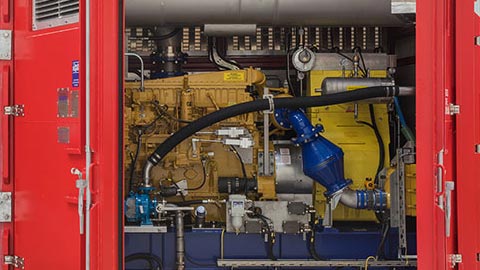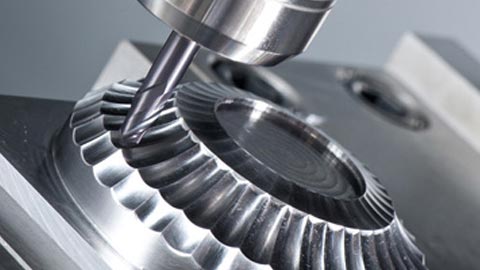Capabilities
Powerful simulation functionality embedded inside Solid Edge
Simulation software is the key to bringing better products to the market faster and at less cost. The Siemens portfolio of best-in class simulation solutions delivers compressed timescales for product development workflows in the creation and testing of the digital twin.
Based on proven Femap finite element modeling and Simcenter Nastran technology, Solid Edge Simulation significantly reduces the need for physical prototypes, which lowers your material and testing costs, and saves design time.
Finite element model creation
Create finite element models for solid and sheet metal structures automatically and make adjustments to refine the mesh to improve accuracy of results. For assemblies, the software offers automatic contact detection and sets up realistic component interaction, including iterative linear and glued contact. Beam analysis based on frame design checks to see if assemblies are overbuilt, based on the amount of stress exerted on them.
Simulation studies can be performed on convergent models created using generative design and reverse engineering without converting to b-rep. Such models include Generative Design Optimized, STL, and Converted Mesh models, with the ability to analyze these hybrid models to verify designs. The simulation of convergent models is supported in the part environment.
Provide high-quality mesh with minimum effort, controlling mesh without the need for parameters, allowing structural and thermal simulations to be run on mesh bodies. Body mesh also supports assembly and sheet metal simulation. The automated, high-quality mesh generation process reduces meshing errors and accelerates the speed of simulation studies. The ability to duplicate existing mesh is made simple, saving you time during mesh generation and increasing your productivity by using existing mesh from previous studies when performing new analyses.
Boundary condition definition
Leverage the boundary condition definitions needed to model realistic operating environments for analysis. Loads and constraints are geometry based and easy to set up using Quick Bat input options and handles. Validate thermal and cooling performance such as transient heat transfer with time history results.
Satisfy increasing demands for high performance and efficiency of hydraulic systems by determining the maximum and minimum pressure exerted by a fluid at equilibrium due to the effect of gravity.
Import fluid pressure and temperature results from Simcenter FLOEFD for Solid Edge as structural loads for analysis.
Results Post Processing
Interpret and understand the resulting model behavior quickly with the comprehensive graphical post-processing tools. If results show that a design refinement is needed, synchronous technology makes it easy to accomplish the required model changes.
Solving FEA
Evaluate and visualize how parts will interact in an assembly. Understand how a product will perform throughout its operational cycle, and how it will function in the real world.
Conduct beam analysis checks to see if assemblies are overbuilt, based on the amount of stress exerted on them, saving manufacturing resources.
Determine the natural frequencies of a part of assembly in free vibration, as well as the expected relative displacements of the structure at the natural frequency.
Simulate vibration levels, including displacement and acceleration, in the specified range of frequency based on the defined excitation forces. The calculation can be done very quickly and efficiently by using modal superposition.
Determine the load at which a structure becomes unstable, which is especially critical for models that contain slender parts or assemblies that contain slender components.
Perform steady-state heat transfer analysis and thermal stress analysis to analyze thermal conditions on mechanical or electromechanical assemblies. Validate thermal and cooling performance such as transient heat transfer with time history results.
Scalability to Simcenter
The core simulation technologies used in Solid Edge simulation solutions are based on, and are scalable, to Siemens Simcenter product offerings, which allow you to quickly edit and update geometry from any source. For example, Simcenter Femap can be automatically launched in Solid Edge. Solid Edge Simulation data can be saved as a Femap model file. Geometry, loads and constraints are seamlessly transferred.
Best-in-class simulation capabilities in Solid Edge provide design engineers with powerful tools to help digitally validate their designs to build better products in less time by front-loading the simulation process.
Designers can quickly conduct a finite element analysis (FEA) study to evaluate structures against load criteria, in order to meet strength requirements whilst minimizing material usage. This leads to a design which is structurally sound and cost-effective.
Ben Monkton, Lead Mechanical Engineer, Calder
